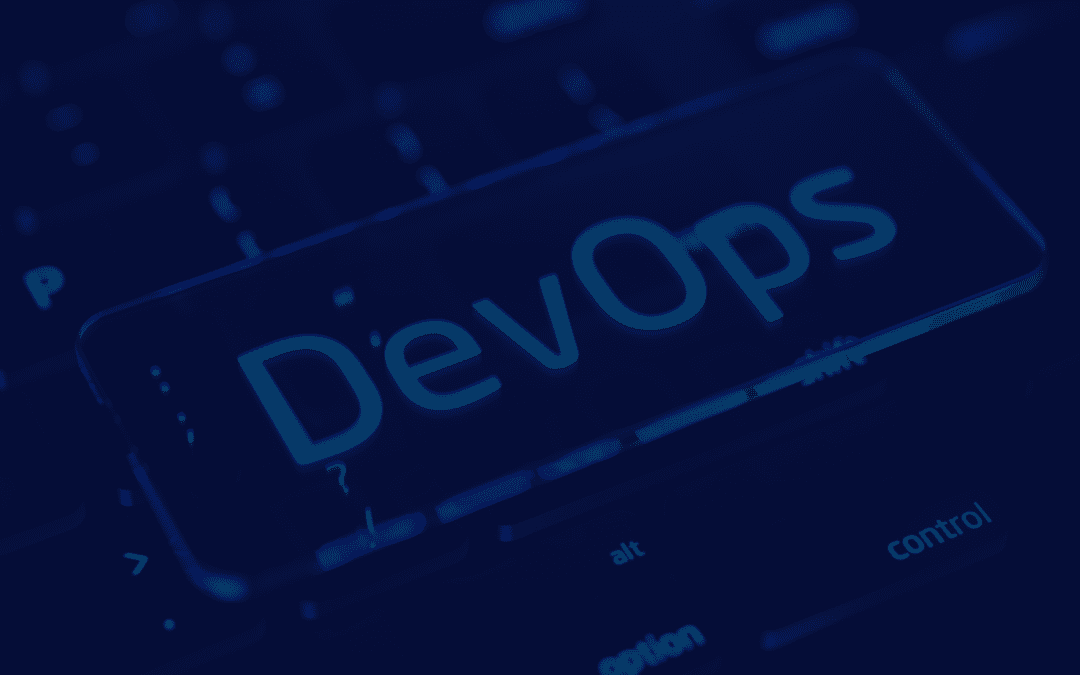Does your IT team invest more time in maintaining the infrastructure and configuring software than actually developing? If so, then it’s high time to leverage the power of DevOps automation with Kubernetes. Kubernetes is a powerful open-source platform for automating application deployment, scaling, and managing applications. By utilizing Kubernetes in your DevOps automation processes, you can reduce the time spent on manual tasks and help to increase efficiency and maintenance.
In this blog, we will discuss the basics of Kubernetes and how you can use it to streamline the automation process.
Introduction to Kubernetes:
Kubernetes (akak8s) is an open-source platform that helps you to deploy your application easily by automating its configuration and maintenance. With the help of this, you can quickly build your pipeline with no extra manual effort. This means that you can smoothly deploy new features or adjust existing ones. Additionally, Kubernetes supports multiple environments. It also provides features such as automatic load balancing and rolling updates which help to ensure that applications are highly scalable and available. So, by streamlining the pipeline with Kubernetes you will save time, effort, resources, and money all by creating a more reliable and enjoyable user experience.
Automating CI/CD with Kubernetes:
Moreover, Kubernetes also help automate continuous integration (CI) and continuous delivery (CD). CI helps to detect bugs early on in the development process while on the second hand, CD helps in automating the process. Both automating tools help you to reduce errors and manual tasks. It also makes sure that your code is deployed correctly.
Integrating Kubernetes with other technologies:
You can take advantage of both technologies by integrating Kubernetes with existing technologies like Docker. Docker is a popular platform that allows you to deploy and manage applications on any platform, while Kubernetes provide features like orchestration, monitoring, and scaling that can help you to deploy more easily and effectively. Secondly, by integrating this tool with monitoring tools like Prometheus and Datadog, you can gain insight knowledge that how your application is performing.
Best practices for securing your pipeline with Kubernetes:
When it comes to best practices for securing your pipeline with Kubernetes, there are key major points that you should keep in mind.
Multifactor authentication:
Multi-factor authentication (MFA) requires users to provide multiple proofs of identity to get into a system or application. It adds a degree of security over the usual username and password authentication
approach, making it more difficult for attackers to view sensitive data without authorization.
Role-Based Access Control (RBAC):
Using Role-Based Access Control (RBAC) to limit permissions for specific parts of the system is another effective practice. RBAC enables you to create many user roles with various levels of access depending on their requirements, such as read-only or admin access. This keeps everything secure and guarantees that only the appropriate individuals have access to the proper areas of the system.
Encryption and Firewall:
Finally, for an additional layer of security, be sure that all of your data is encrypted and protected by firewalls. In contrast to firewalls, which act as a barrier between networks to stop stolen data from entering or exiting the system, encryption confuses data so that only authorized users may read it. By combining these two safety measures, you can maintain the efficiency and security of your pipelines.
Benefits of using Kubernetes for DevOps automation:
Some of the benefits of using Kubernetes for DevOps automation.
Seamless Deployment:
One of the best benefits of Kubernetes is that it provides a simplified deployment. It automates much of the process, including network, configuration, scheduling, scaling, and rolling out updates and
upgrades. As a result, hybrid cloud application deployment is much easier.
Containerization:
Kubernetes is built around the concept of containers, which provide a lightweight and efficient way to package applications and their dependencies. For example: think of a shipping container that holds everything you need and helps move easily in all environments securely and smoothly. So, these containers are like that only they hold everything an application needs like codes, libraries, and other tools. They ensure application moves smoothly across different environments. They also make easier the deployment process, especially in dynamic and complex environments.
High availability and speed:
With the help of Kubernetes, your application can run faster and more reliably. It also betters handles unexpected traffic as it can automatically allocate the resources where needed to keep the performance at peak level.
Cost-effective and Flexible:
It allows companies to run their groups on-premises or in the cloud without having to buy additional hardware or software licensing, Kubernetes is a cost-effective option for DevOps automation. Also, because of its adaptability, you may swiftly change deployments as necessary to meet changing customer or company needs.
Ultimately, using Kubernetes for DevOps automation provides you with a powerful way to streamline your pipeline while providing greater performance and reliability at an affordable cost.
Conclusion:
Whether you are a developer, an operations manager, or just starting in the DevOps world, Kubernetes is an ideal tool to help you streamline and manage your pipelines.
So, if you’re looking for a way to make your DevOps automation process easier and faster than contact EOV today. EOV is a highly trusted and secure platform that offers a wide variety range of Kubernetes services to meet organizations’ needs of all sizes.
